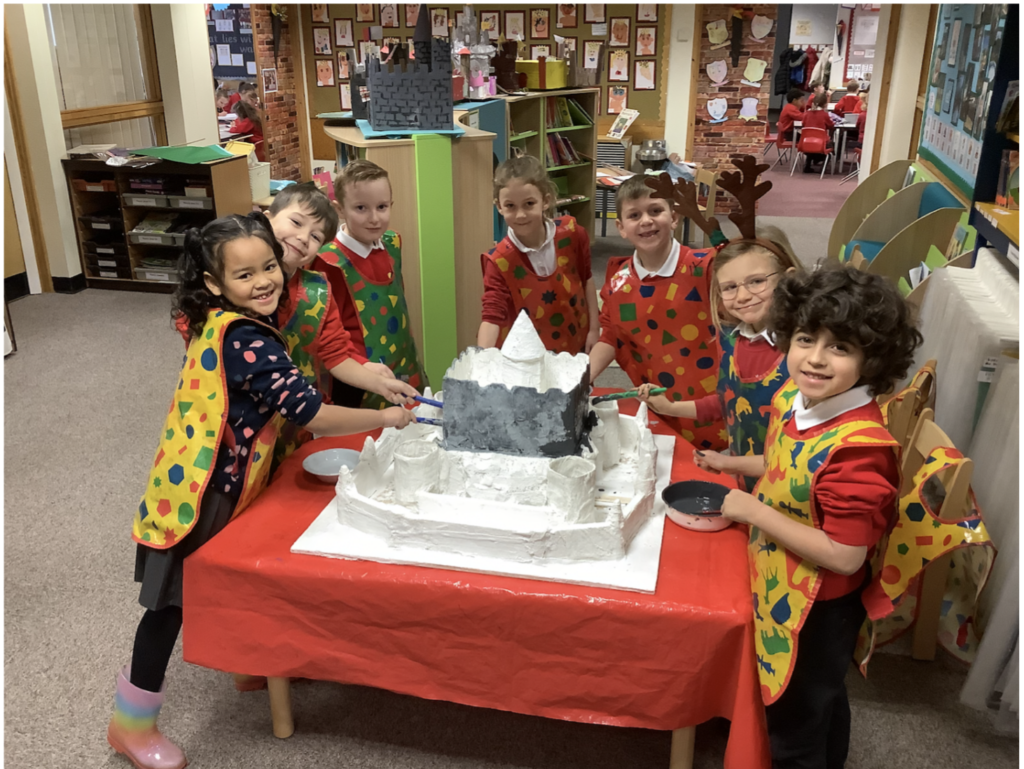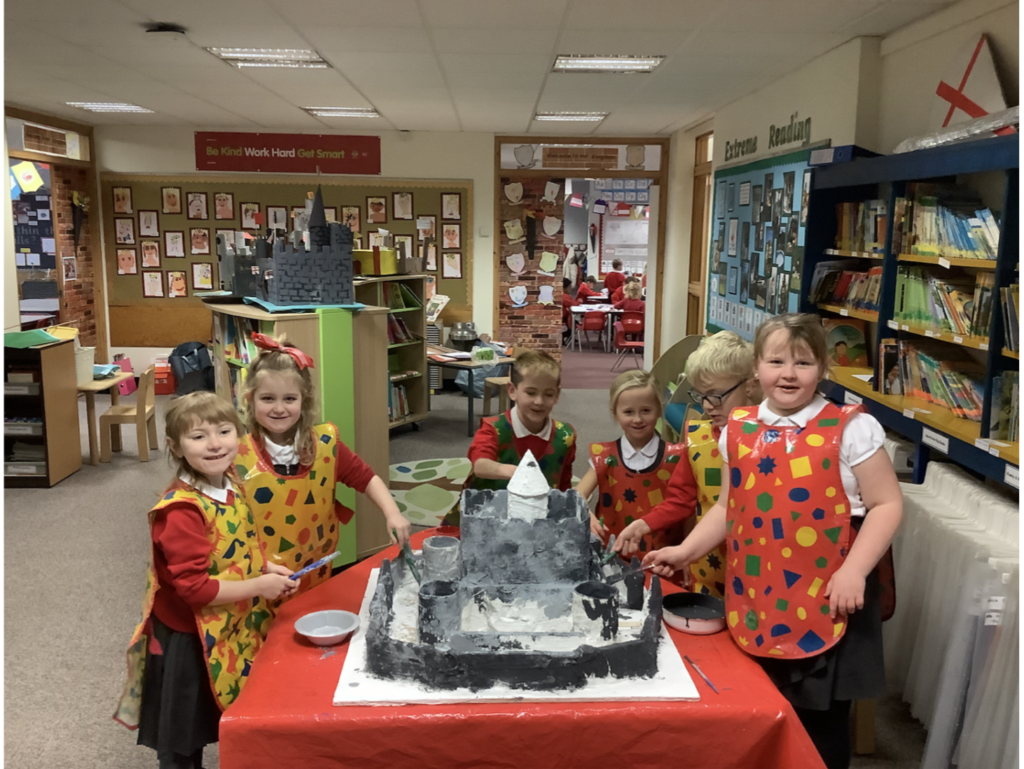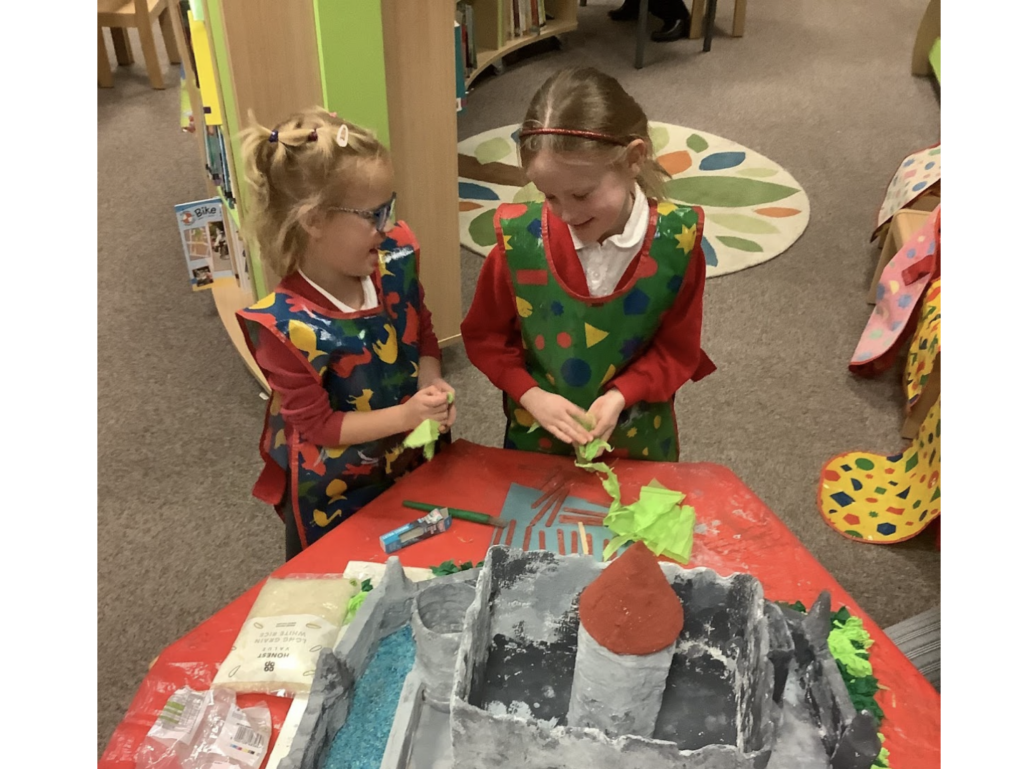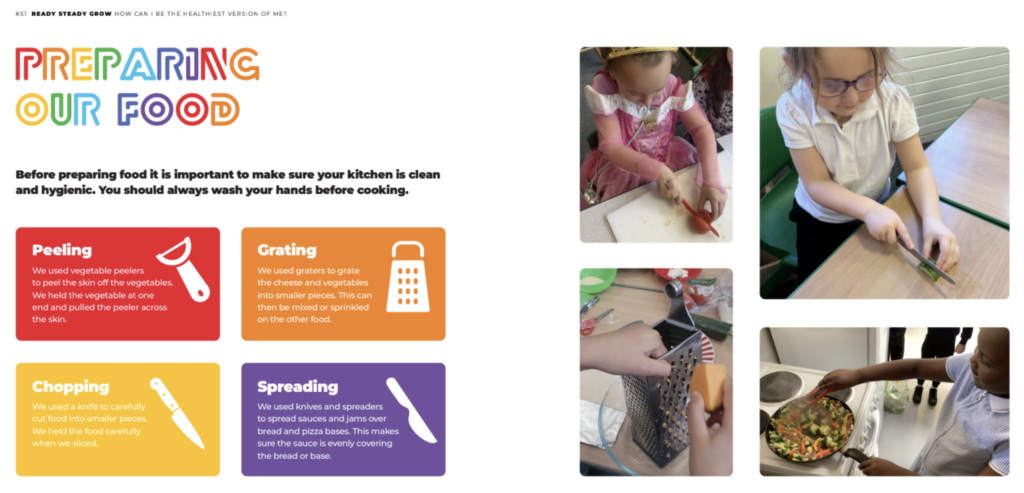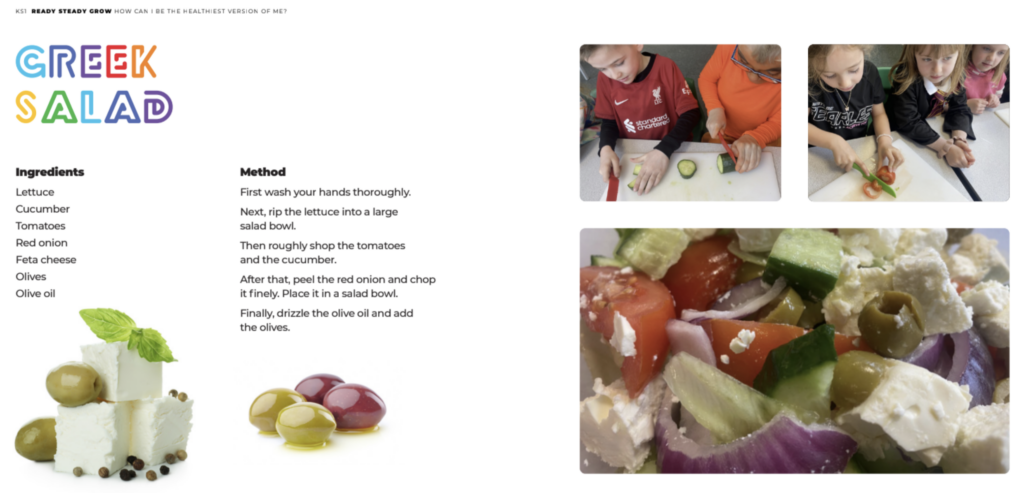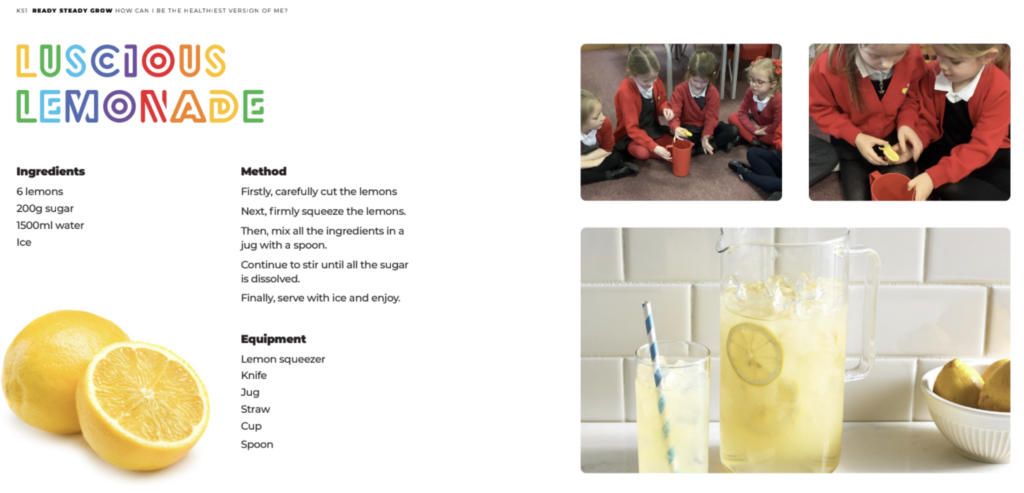We are Designers!
Design Technology Intent
At Norton Campus, our Design Technology curriculum is inspiring, rigorous, and practical, designed to prepare our children for a rapidly changing world. Our children use creativity and imagination to design and make products that solve real and relevant problems within a variety of contexts, considering their own and others’ needs, wants and values. We intend for all children to acquire appropriate subject knowledge, skills and understanding and we aim to create strong cross curricular links with other subjects, such as Mathematics, Science, Computing, and Art. We want Design and Technology to prepare our children, to give them the opportunities, responsibilities, and experiences they need to be successful in later life. DT skills are engaged in, using our standards map. This map outlines the subject specific design technology skills that are needed for students to access a progressively demanding curriculum thereby achieving academic success.
Our design technology studies enable our students to develop a stronger understanding of the world we live in and how to make a difference through our three curriculum seams: Protecting our planet, Standing for justice and Cultivating diversity and belonging.
Our expeditionary curriculum is centred around the concept of stewardship. By studying design technology through the lenses of our three seams, we encourage students to be stewards of the world, our communities, ourselves and each other by not just looking inward, but by looking up and out and by looking around us.
Using the seams above as a cornerstone for planning design and technology, we ensure that we are building character and, consequently, endeavouring to make the world and our communities better places, and ourselves and each other better human beings.
Our three-dimensional approach to learning provides the platform on which we have built our curriculum offer at Norton Infant School. As designers, we aim for our children to achieve academic success which is enhanced through character growth and is expressed through the beautiful work they produce.
Following ‘Jeff’s law’, allows staff to complete design technology projects themselves before teaching their children the skills needed. This allows teachers to successfully guide children through the task as they can mitigate against the potential risks and pitfalls.
DT is often planned and taught in 3 week blocks within a case study, meaning that work is carefully sequenced, enabling children to build on prior knowledge and skills. This also supports our children knowing where their learning fits within an expedition.
Our culture at Norton is that SEND is everyone’s responsibility and inclusion encompasses all students. Our common mission is that all children feel empowered to access the curriculum and achieve their goals through varied strategies, which are regularly reviewed with them and parents, to meet their equitable needs.
Design Technology Implementation
Each design and technology case study is rigorously mapped against the National Curriculum Standards and Early Years Foundation Stage framework to ensure coverage and depth. Design technology-based case studies are carefully planned and sequenced to build on prior learning and experiences, thus giving the children the knowledge and self-belief they need to succeed in life and become well-educated citizens.
Much of our curriculum is taught through cross-curricular learning expeditions that are multi-disciplinary and wide-reaching in their connectivity, contextualisation and relevance.
This is evidenced through our primary trust standards map that outlines the subject-specific knowledge and skills that are needed for students to access a progressively demanding curriculum, thereby achieving academic success.
The sequence of our design and technology curriculum is apparent in our expedition overviews that we have for each phase, over a two-year cycle. These individual maps allow us to build on highly successful expeditions, whilst allowing flexibility and creativity to respond to new opportunities. They also allow us to plan carefully for, and consider progression deeply.
We formally review each expedition through our Expedition Review process. We rigorously assess the quality of provision in terms of challenge, the acquisition and progression of subject knowledge and skills, the connection of the learning to the world and the academic outcomes achieved by learners. This process allows us to iterate each learning experience by recommending changes and consolidating success.
All of the learning expeditions at Norton include fieldwork and/or working with experts. This links directly to our design principle of ‘activism’ and provides students with an authentic and purposeful opportunity to further enhance their learning by engaging with experts and in environments outside of school. Engaging with experts and fieldwork offers students the opportunity to work purposefully alongside professionals, or in professional contexts, which provides deep authenticity to the learning that takes place, as well as, providing integrity, accuracy and expertise to the work they engage with. In addition, through fieldwork experiences, students understand and consolidate how the learning they do in school connects to and is enhanced by fieldwork. This provides real purpose and clarity to the learning students participate in
Design Technology Impact
Our children engage in learning that is made public to heighten accountability. This is manifested in the outward-facing work our students create, which always has a public audience.
Because our children’s work is relevant, purposeful and authentic, this encourages students to craft their best work and grow their character. Our approach encourages the development of socially responsible citizens who care about each other and understand their agency for positive change in the world.
Our curriculum is designed to have a positive and enduring impact.
Due to the nature of this curriculum area, design technology monitoring takes various forms. A key component of this is pupil voice. School leaders use pupil voice as an effective tool to ascertain the pupils’ ability to express themselves, through questioning and discussion. Expedition book monitoring throughout all year groups also takes place regularly to complement this, allowing leaders to ensure our designers have the opportunity to develop their knowledge fully and showcase their understanding. Examples of our designers’ work are exhibited throughout the school, by sharing our stories on the school website and within the local community.
